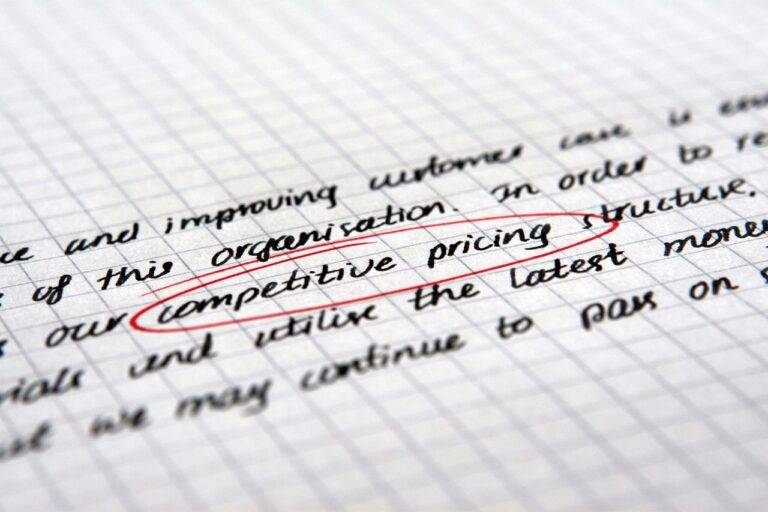The Role of Design in Sustainable Business Practices
Sustainable design in business has become a defining factor in the modern marketplace. Companies are increasingly recognizing the need to integrate environmental considerations into their design processes to minimize their impact on the planet. By adopting sustainable design practices, businesses can not only reduce their carbon footprint but also build a positive reputation among environmentally-conscious consumers.
Incorporating sustainable design principles into business operations can lead to long-term benefits, both for the company and for the planet. It allows businesses to innovate and find creative solutions that are both environmentally friendly and cost-effective. Embracing sustainable design is not just a trend but a strategic move towards a more ethical and responsible approach to business that can ultimately drive success and growth in the long run.
Creating Eco-Friendly Products through Design
Sustainable design is a critical aspect of modern business practices, allowing companies to reduce their environmental impact while meeting consumer demands. By incorporating eco-friendly principles into product design, businesses can actively contribute to a cleaner and more sustainable future. Through innovative solutions and thoughtful design choices, companies can create products that not only meet market needs but also prioritize the well-being of the planet.
When businesses prioritize sustainability in their design process, they not only benefit the environment but also enhance their brand reputation. Consumers are increasingly seeking products that align with their values, including environmental responsibility. By offering eco-friendly products, companies can attract eco-conscious consumers and differentiate themselves in the market. Sustainable design is not just a trend but a necessary step towards a more sustainable future for both businesses and the planet.
What is sustainable design and why is it important in business?
Sustainable design focuses on creating products that have a minimal impact on the environment throughout their lifecycle. It is important in business as it helps companies reduce their carbon footprint, meet consumer demand for eco-friendly products, and differentiate themselves in the market.
How can design contribute to creating eco-friendly products?
Design plays a crucial role in creating eco-friendly products by incorporating sustainable materials, efficient production processes, and recyclable components. Designers can also optimize product packaging to minimize waste and energy consumption.
What are some examples of eco-friendly products created through sustainable design?
Examples of eco-friendly products include biodegradable packaging, solar-powered gadgets, energy-efficient appliances, and clothing made from recycled materials. These products are designed with sustainability in mind, from their materials to their production methods.
How can companies integrate sustainable design principles into their product development process?
Companies can integrate sustainable design principles by setting environmental goals, conducting life cycle assessments, collaborating with suppliers of eco-friendly materials, and involving designers in sustainability initiatives. It is also important to educate employees and customers about the benefits of eco-friendly products.
What are the benefits of creating eco-friendly products through design?
The benefits of creating eco-friendly products through design include reducing environmental impact, enhancing brand reputation, attracting environmentally conscious consumers, and fostering innovation. By prioritizing sustainability in design, companies can also save costs in the long run.







